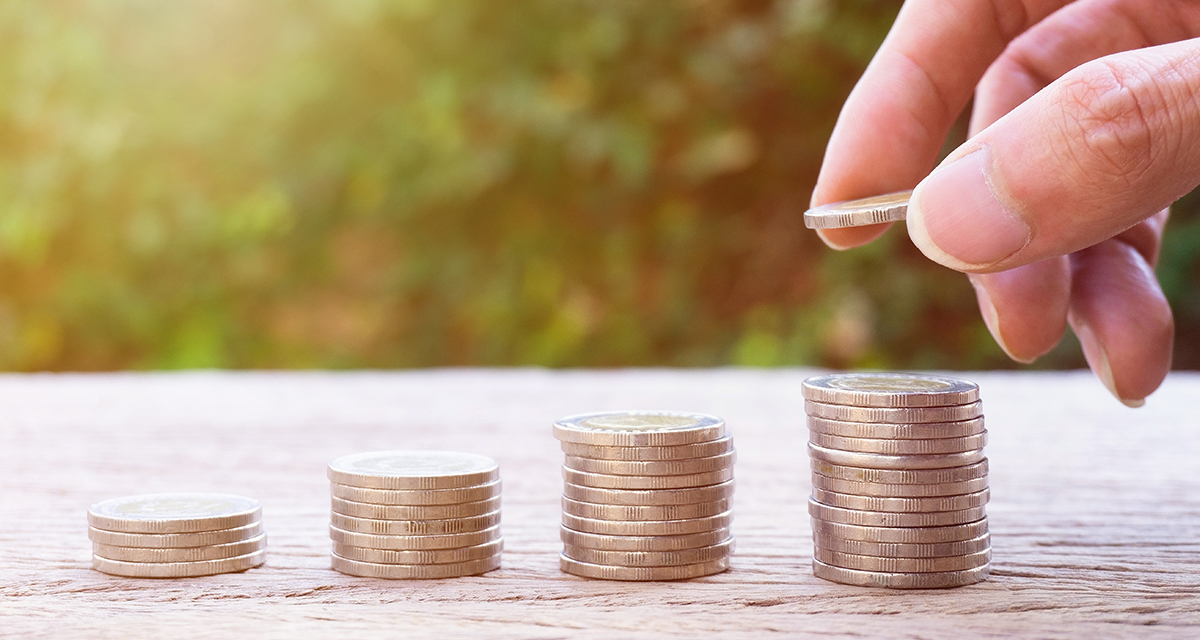By Israel Hodish, M.D., Ph.D., endocrinologist and Hygieia co-founder
One of the complaints I receive from patients is that diabetes is just too expensive to manage. Medications cost a lot of money every month despite insurance coverage. It has been found that about one of every four insulin users rations their doses to reduce cost. You may find it surprising, but I believe that attaining good diabetes control can be affordable.
Type 2 diabetes is a progressive condition. Over time, patients secrete less and less insulin. After about 10 years, patients inevitably become so insulin deficient that only insulin therapy can reduce glucose. About a third of the patient population is in that stage. It is not the patients’ fault at all. Rather, this is the natural course of the disease. But it also means that over time different medications will be needed, and most patients will need to commence insulin therapy.
Now remember, insulin therapy has only one potential side effect, and that is hypoglycemia (too low glucose). Since insulin requirements change over time without reaching a steady state, frequent dose adjustments are needed to maintain the safety of the therapy. It is a dynamic, or constantly changing, therapy.
The ballpark number of insulin units a patient needs is highly individual. Some will need less than 50 units per day and some more than 500. The reason for the difference depends on the amount of insulin secreted by each person’s pancreas before the organ stopped secreting insulin.
Keep in mind, the number of insulin units a person needs is not a measure of how sick they are. A unit of insulin was defined in the mid-20th century. It equates to the minimal amount of insulin needed to cause low glucose in a fasted 2kg rabbit. It sounds ridiculous, but this is the definition. Since most of us are heavier than rabbits, what really matters is getting each person the right amount of insulin to manage their diabetes.
Now let’s shift gears to talk about the cost of insulin therapy. The price of each unit of insulin depends on the formulation. There are dozens of different insulin formulations with a different price tag per unit of insulin. This can vary 10-fold.
If insulin therapy is frequently titrated (adjusted) to overcome the changing needs of insulin doses, a patient with type 2 diabetes may do as well with a lower-cost, regular insulin-based premixed insulin regimen administered twice daily, as they do with a more expensive, analogs-based regimen with four injections per day (also called basal-bolus insulin therapy). The available scientific literature (look here, or here), shows that for most patients with type 2 diabetes, a twice daily regular insulin-based pre-mixed insulin can achieve the same HbA1c value with the same level of safety or weight changes compared to its expensive counterparts. The cost difference can be hundreds of dollars a month between the two.
The most essential part in diabetes management is HbA1c, or average glucose over a period of 2-3 months. For illustration, each 1% lower HbA1c predicts reduction of mortality by approximately 15-45% (depending on the study) with at least as much reduction in diabetes related complications. If a patient is able to safely keep their HbA1c at 6.5%-7%, blood pressure is well controlled and a statin drug is being taken if possible, then not much more is needed. A limited group of patients may potentially benefit from additional non-insulin drugs if they have established heart or kidney disease. Yet, most patients can do just as well with a simple, affordable, effective insulin therapy.

